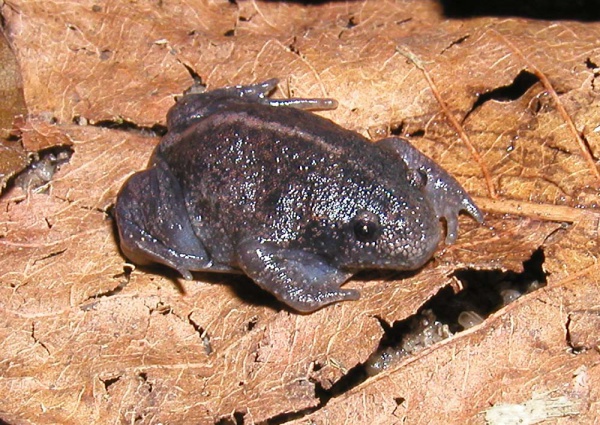Facts About Mexican burrowing toad
The Mexican burrowing toad, scientifically known as Rhinophrynus dorsalis, is a singular amphibian that stands out within the animal kingdom. It is the sole species in its genus, Rhinophrynus, and belongs to the family Rhinophrynidae. This toad's range extends from southern Texas through Mexico, Belize, Guatemala, Honduras, El Salvador, Nicaragua, and Costa Rica. It predominantly inhabits subtropical and tropical dry forests, but can also be observed in open areas during heavy rains.
The name "Rhinophrynus" translates to 'nose-toad' from Ancient Greek, alluding to its distinctive appearance. These toads are fossorial, meaning they spend much of their time burrowed underground. They have evolved specialized adaptations to thrive in this subterranean lifestyle.
Adult Mexican burrowing toads measure about 75-85 mm in length, with females generally being larger than males. They have a unique appearance, featuring a round body, a conical head, and keratinized spades on their hind feet that aid in digging. Their tongues are specially designed to project straight out of their mouths, facilitating the capture of underground arthropods.
Regarding their behavior, these toads are known as "explosive breeders." During the breeding season, they congregate in temporary pools of water. Males call out to females and mate using a technique called inguinal amplexus. The breeding season is brief, lasting just 1-3 days, after which the toads return to their burrows. Females select mates based on the characteristics of the males' calls.
For reproduction, females lay their eggs underwater. These eggs hatch within a few days, and the tadpoles develop over a period of one to three months. The Mexican burrowing toad is genetically unique, with over 190 million years of independent evolution, making it one of the most evolutionarily distinct amphibians on the planet.

 Mexico
Mexico